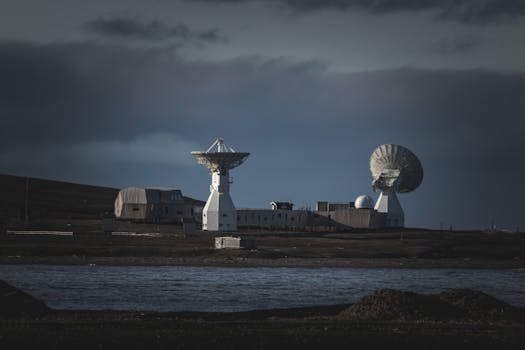
“
Introduction to Beyond the Milky Way: Imagining New Worlds and Possibilities – Space Exploration
Space Exploration, or the idea of exploring the vast unknown beyond our planet, has long fascinated humanity. For centuries, we have gazed up at the stars, wondering what lies beyond our solar system and the Milky Way galaxy. With advancements in technology and space travel, the possibility of exploring new worlds has become more tangible than ever. In this article, we will delve into the concept of exploring new worlds beyond the Milky Way, the possibilities it holds, and what it means for humanity’s future in space exploration.
Understanding the Milky Way Galaxy
Before we explore the possibilities beyond the Milky Way, it’s essential to understand our current celestial neighborhood. The Milky Way is a barred spiral galaxy, comprising hundreds of billions of stars, stellar remnants, interstellar gas, dust, and dark matter. Our solar system, which includes Earth and the other planets, resides in one of the outer spiral arms of the Milky Way. The galaxy is estimated to be around 100,000 light-years in diameter, making it a vast and complex system.
Exploring New Worlds Beyond the Milky Way
With the advent of advanced telescopes and space missions, we have begun to discover new worlds beyond the Milky Way. These include exoplanets, which are planets that orbit stars outside our solar system, and potentially even entire galaxies. The discovery of exoplanets has opened up new avenues for research, including the search for life beyond Earth. Some of these exoplanets are believed to be located in the habitable zones of their respective stars, making them potential candidates for supporting life.
Imagining the Possibilities
As we continue to explore and discover new worlds, the possibilities become endless. We may find planets with conditions similar to those of Earth, potentially supporting life. We may also discover entirely new forms of life that defy our current understanding of biology. Furthermore, the exploration of new worlds could lead to breakthroughs in fields such as physics, chemistry, and astronomy, expanding our knowledge of the universe and its workings.
Conclusion and Takeaways
In conclusion, the exploration of new worlds beyond the Milky Way galaxy holds immense possibilities for humanity. From the potential discovery of life beyond Earth to breakthroughs in various fields of science, the implications are vast and far-reaching. As we continue to push the boundaries of space exploration, we may uncover secrets of the universe that challenge our current understanding and open up new avenues for research and discovery. The main takeaways from this article are:
- The exploration of new worlds beyond the Milky Way has the potential to discover life beyond Earth.
- Breakthroughs in fields such as physics, chemistry, and astronomy can expand our knowledge of the universe.
- The discovery of new worlds can challenge our current understanding of biology and the possibility of life existing elsewhere in the universe.
See more:
https://www.nasa.gov/
https://www.esa.int/
https://www.space.com/







